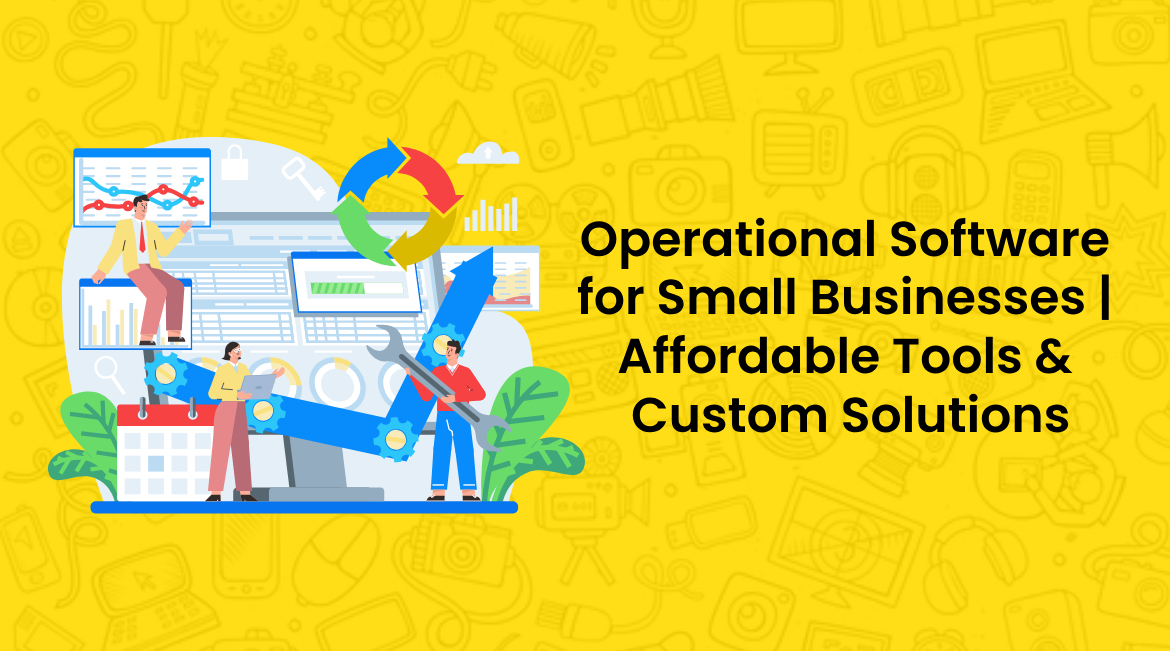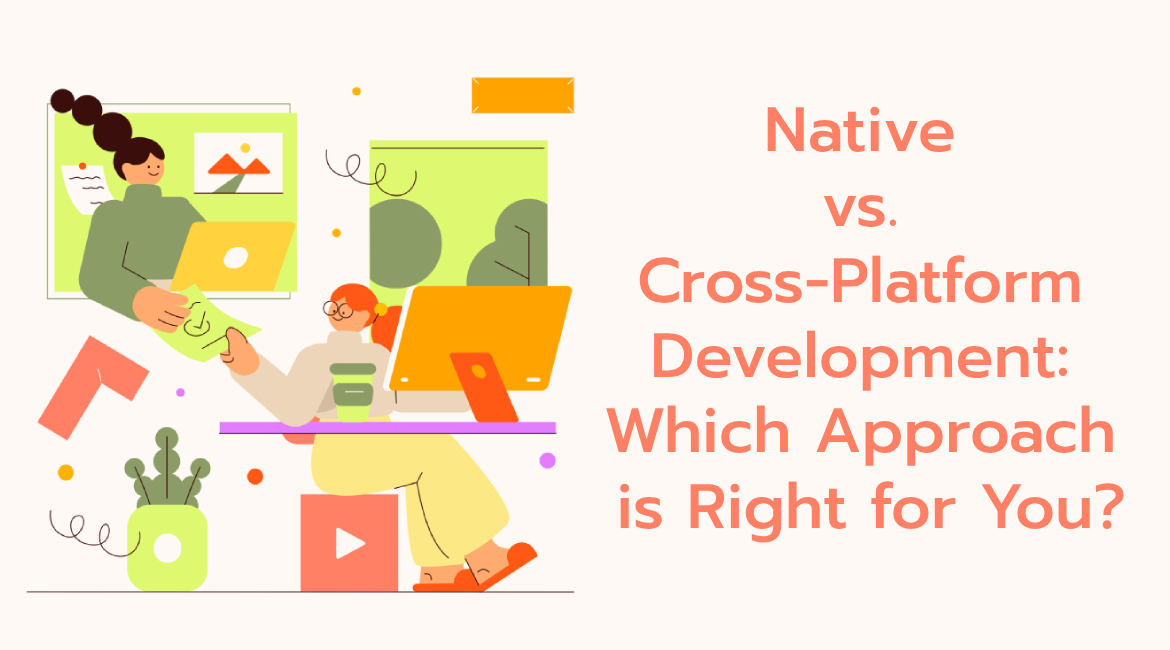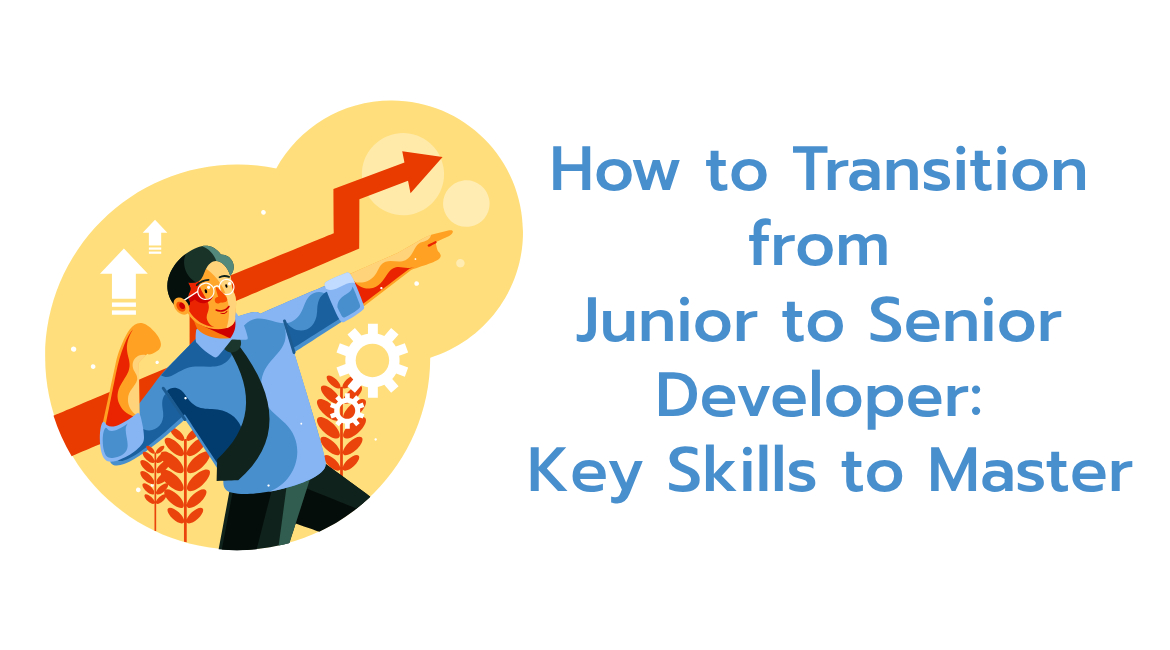In today’s fast-evolving digital landscape, it’s not enough to simply be available across channels.
Organizations must now lead with intelligence — designing user interfaces that are AI-first, adaptive, and hyper-personalized.
AI-first UI design reimagines how users interact with digital products — making experiences predictive, emotionally intelligent, and uniquely tailored to each individual.
The Evolution: From Digital-First to AI-First UI Design
The digital-first approach focused on ensuring user access across web, mobile, and other digital touchpoints.
AI-first design moves beyond accessibility to deliver:
- Anticipation of user needs
- Contextual adaptation in real time
- Personalized interactions based on behavior and preferences
- Emotional responsiveness to create deeper connections
Where digital-first ensures presence, AI-first ensures relevance, proactivity, and personalization.
Hyper-Personalization: Shaping Experiences Beyond Expectations
Hyper-personalization uses AI to tailor every interaction based on real-time data, behavioral analysis, emotional insights, and environmental context.
For UI design, this means:
- Customizing content, layouts, and options dynamically
- Reordering or adapting navigation based on predicted user intent
- Offering personalized journeys without users needing to search
- Creating seamless transitions across devices and platforms
Hyper-personalized interfaces make users feel recognized, valued, and understood — not as part of a segment, but as individuals.

How AI-First UI and Hyper-Personalization Are Transforming Key Industries
Let’s explore how this is reshaping sectors like banking, insurance, e-commerce, and travel:
1. Banking: Intelligent Financial Interfaces
Modern banking applications are evolving from basic transactional tools to personal financial partners.
Examples:
Predictive Insights: Interfaces anticipate upcoming expenses, suggest savings opportunities, and flag unusual account activity — all tailored to individual financial behavior.
Dynamic Dashboards: Based on user priorities — such as savings goals, investments, or debt management — the UI adjusts to highlight the most relevant information first.
Proactive Engagement: Users receive personalized recommendations for financial products or alerts based on life events like travel, education plans, or retirement preparation.
AI-first banking UIs create trusted, advisory relationships instead of static transactional experiences.
2. Insurance: Context-Aware Coverage Management
Insurance platforms are moving from static policy documents to dynamic risk management companions.
Examples:
Real-Time Premium Adjustments: Driving behavior, fitness data, or travel history inform customized insurance premiums, reflected instantly in the user interface.
Simplified Claims Processing: Interfaces allow users to submit claims intuitively, using minimal inputs like a photo or voice note, with AI verifying and fast-tracking approvals.
Event-Based Recommendations: Based on user milestones (new home, new car, family changes), the interface proactively suggests coverage enhancements or discounts.
Here, AI-first design ensures insurance feels responsive, protective, and personal rather than bureaucratic.
3. eCommerce: Personalized Shopping Journeys
E-commerce platforms are leading the shift toward individualized shopping ecosystems.
Examples:
Dynamic Homepages: Product listings, banners, and offers adapt continuously based on browsing history, purchase behavior, and even time of day.
AI-Powered Recommendations: Interfaces surface products that align with evolving user preferences, even suggesting complementary or seasonal items naturally.
Virtual Experiences: Shoppers can preview products — whether clothing, home décor, or electronics — personalized to their style, size, or environment.
AI-first eCommerce UIs transform shopping from a search-driven activity to a curated, immersive experience.
4. Travel: Adaptive Journey Management
Travel platforms are reinventing journeys with dynamic, context-driven interfaces.
Examples:
Predictive Booking Assistance: Platforms suggest ideal travel dates, routes, or accommodations based on previous behavior and current price trends.
Real-Time Itinerary Adaptations: In response to weather changes, flight delays, or user preferences, travel plans are automatically optimized and reflected in the interface.
Personalized Local Experiences: Travel apps suggest local attractions, dining options, or activities tailored to the user’s travel style — whether business, leisure, or family trips.
Travel UIs powered by AI provide adaptive, stress-free, and memorable experiences throughout the user’s journey.
The future of digital experience is not only about meeting user expectations — it's about anticipating them, exceeding them, and making every interaction feel uniquely personal.
Designing the Future of Intelligent Experiences
As AI redefines the possibilities of personalization and prediction, UI design must evolve accordingly.
No longer just about function or form, today’s interfaces must think, learn, and feel human.
Industries that succeed will be those who:
- Embed intelligence at the core of design
- Craft hyper-personalized experiences with empathy
- Continuously adapt to user needs, behaviors, and contexts
In an AI-first world, the interface is no longer just a screen.
It becomes a living, learning partner in every user’s journey.




